|
Routine visits
Many veterinarians are working in medical practice and go to stud farms and stables.
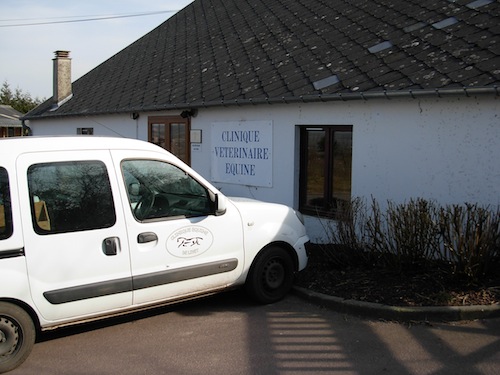 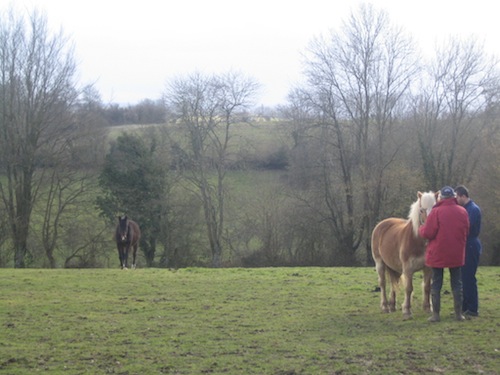
Follow-up of the broodmares and monitoring of the foals
During the breeding season, all activities relating to reproduction are mainly performed: gynaecological exams, fertility problems, treatment of mothers and foals, obstetric emergencies. The most serious cases may be referred to the clinic for intensive care or surgical emergencies.
Many veterinarians perform assessments of deviation and radiographs if necessary to advise the farrier for the early correction of defects.
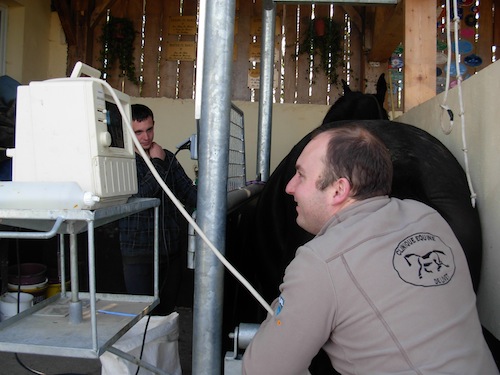 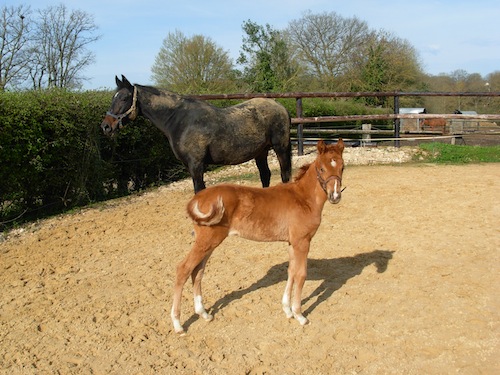
Radiography and ultrasonography
X-rays can be realized for localized examination (angular deviation ...) and especially for the radiographic assessments. The immediate development allows to check that all images can be interpreted to avoid reviewing the horse a second time. However, the X-ray machine does not allow radiographic examination of the back and neck that can be achieved at the clinic with a more powerful generator mounted on a column.
A van is equipped with a portable X-ray machine and a system of digital development (FUJI) and an ultrasound machine. A direct digital x-ray system Clarox Mano Medical is also available. With this system, the plate can transfer the signal directly to the computer in a few seconds by a cable. This allows to shorten the examination time and keep a good quality for the images. For these reasons, the system will be dedicated to the examinations for osteochondrosis and for the sale examinations at the farms.
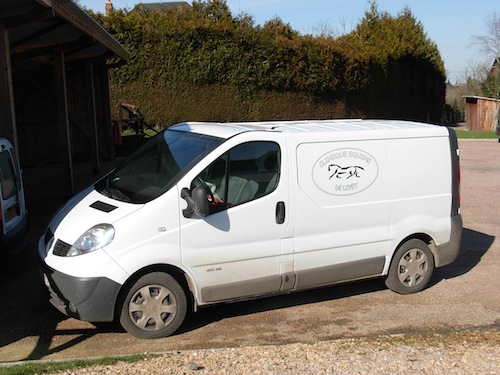 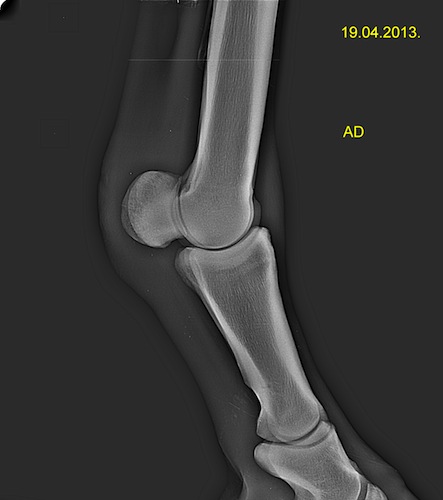
Endoscopy at rest and during exercise
The endoscopic examinations at rest are performed with a portable system (Karl Storz).
The endoscopic examinations during exercise using a dynamic respiratory scope (DRS) are now available at home for race horses (with the system attached to the sulky or back of the jockey) and for sport horses (with the system attached on the back of the rider). Examinations during exercise reproduce the maximum inspiratory and expiratory pressures which allows the diagnosis of certain diseases that may be undiagnosed using endoscopic examination at rest. Moreover, working conditions (bending head...) are the same as in the usual exercise. The exercise tests are also available for home monitoring of heart rate (Polar device) and lactate measurements. An electrocardiogram is also available for recording at exercise (Televet).
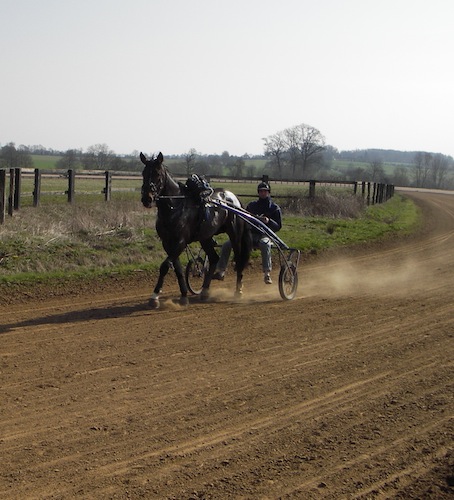 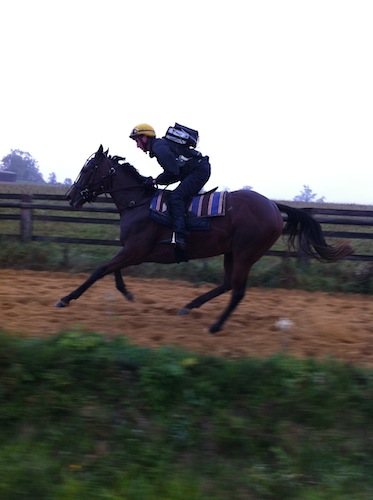
Dentistry
Regular attention to the dentition is important for the management of the horse. This allows to avoid more severe problems. Moreover, this improves the comfort and life expectancy. It is essential to check the mouth every 12 to 24 months. A modification (appetite or quidding) should be checked by a dental examination.
Currently, a dental examination starts with an evaluation of the teeth. Then, a rasping is performed. Two additional steps are sometimes needed: extraction and scaling. In young horses, wolf teeth, caps or incisive teeth are removed. In old horses, fractured teeth are removed.
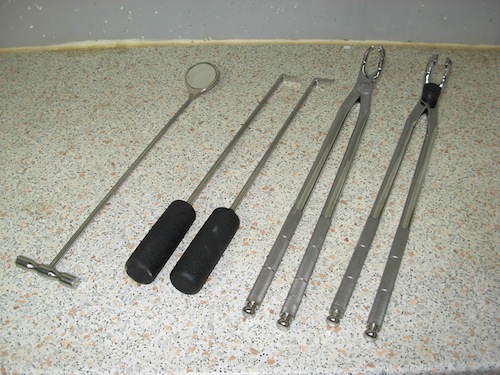 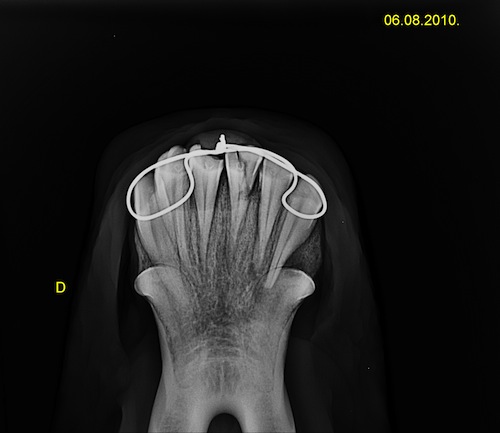
Nutrition
Calculations and personalized diets can be made for athletes horses, growing foals and older horses. It is also possible to perform nutritional counseling clinic treatment and prevention in the case of myositis, gastric ulcers, laminitis, metabolic syndrome or convalescence post colic. Audits or monitoring visits are available for analysis and calculations of ration, hay analysis and adaptation of basic rations, soil testing and manure management plan, health risk management on pastures and help in choosing complementation.
 
|
 Ambulatory
Ambulatory